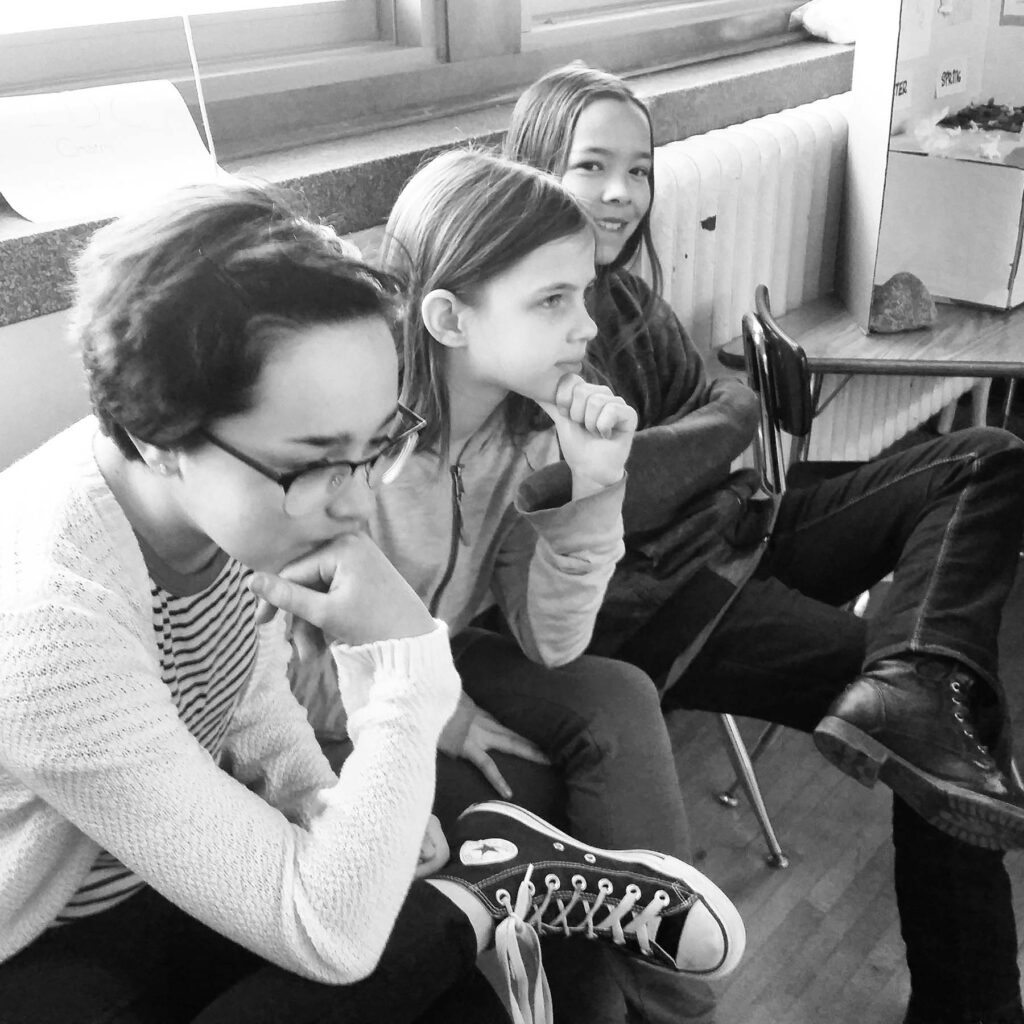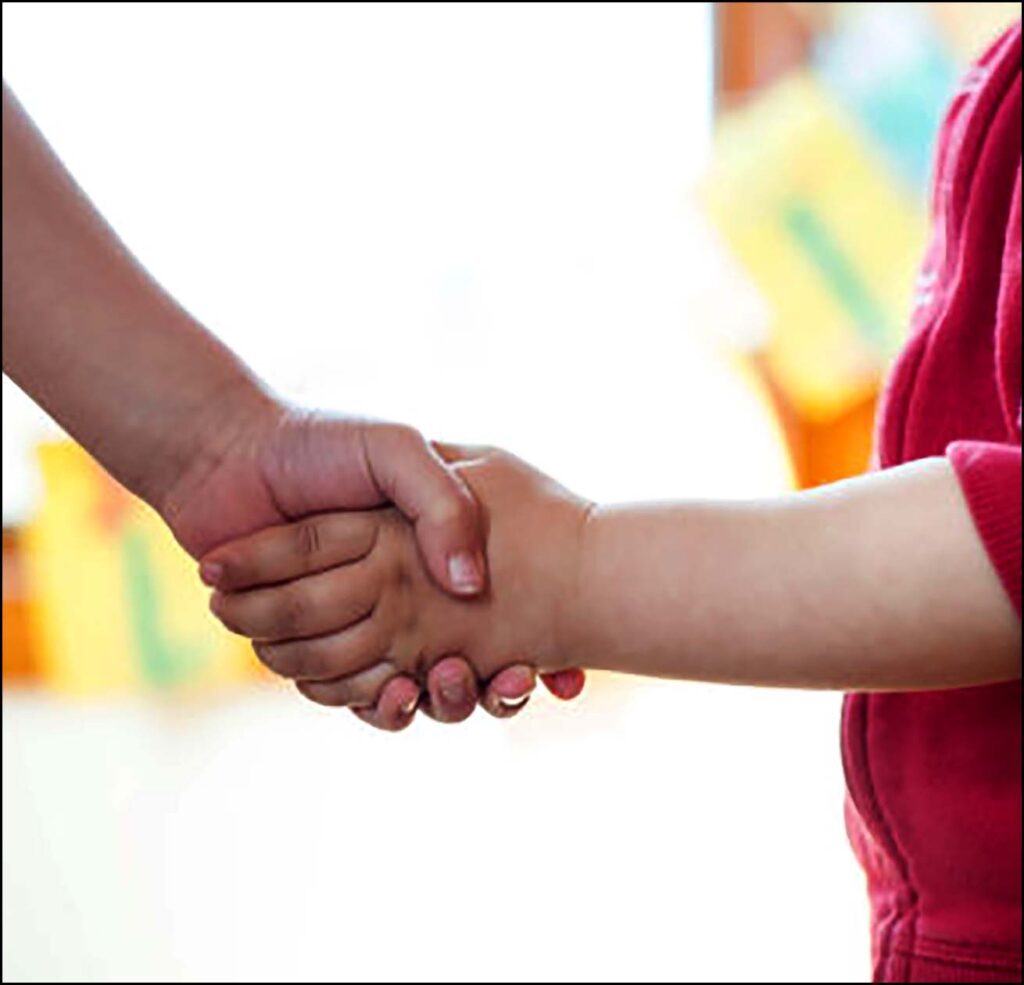Involving Children in Our World
Winter Learning gives them a special opportunity.
Anyone who has lived in the north, or someplace that experiences winter, knows it can be a challenging time of year. Often, it can be downright depressing.
When the snow first falls, it starts white and pristine. As the long dark days drag by, the white turns to gray. It’s as if all the color has been drained from our earth.
Over the years, I’ve found the only way I can get through winter is by looking for the beauty in each and every day. I’ll admit, some days finding it can be a struggle. But if you look hard enough, it’s there.
Since becoming an educator, I’ve gotten better at finding beauty. it’s amazing to me how every year, when we experience the first snowfall of the season, kids act like it’s the first time they’ve ever seen snow.
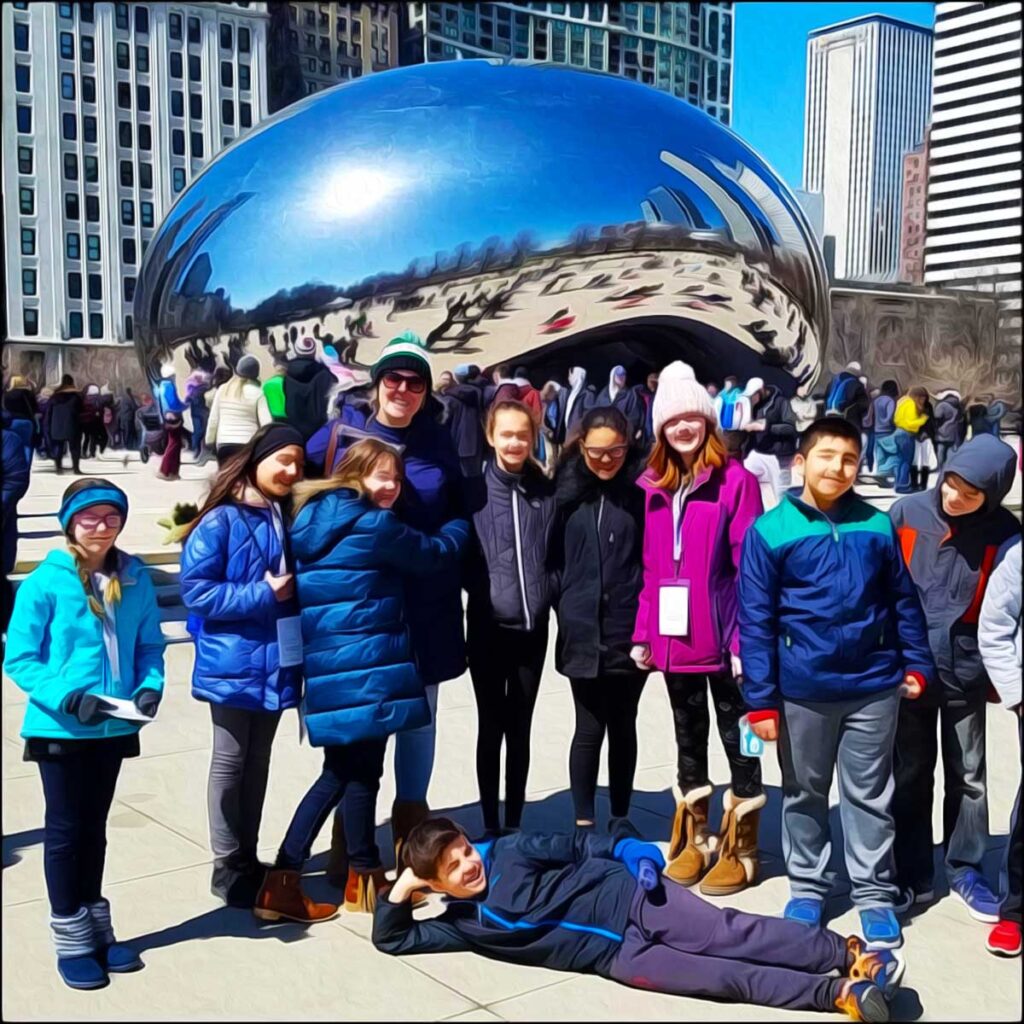
They squeal with excitement and want to run outside to play in it. The first thing many of them often do is to pack snowballs and throw them at one another. While giving those kids a speech on the dangers of hitting someone in the eye, others try to catch snowflakes on their tongues. To them, I advise to be wary of the yellow snow.
But winter doesn’t have to just be about playing games. Winter is a great opportunity for learning too. Winter learning includes the discovery, learning about and connecting to our natural world during this important season. Getting students outdoors and engaged in winter environmental activities offers many benefits.
Winter learning can be a great opportunity for children (and adults too). It’s tempting to want to stay indoors where it’s dry and warm. But, there is a world to be discovered outside in the cold.
Why is Finland so good at Education?
I remember once reading an article about why the country Finland has one of the best educational systems throughout the world. Finland mandates no standardized tests, with the exception of something called the National Matriculation Exam. This is a voluntary test given near the end of upper-secondary school (this is much like our American high school) for students.
This is how we determine, year after year, that much can be learned by studying Finland’s educational approach. My biggest takeaways from this article were two. They approach learning far more holistically than we do and they spend much more time learning outside. And of course, Finland offers much opportunity for winter learning.
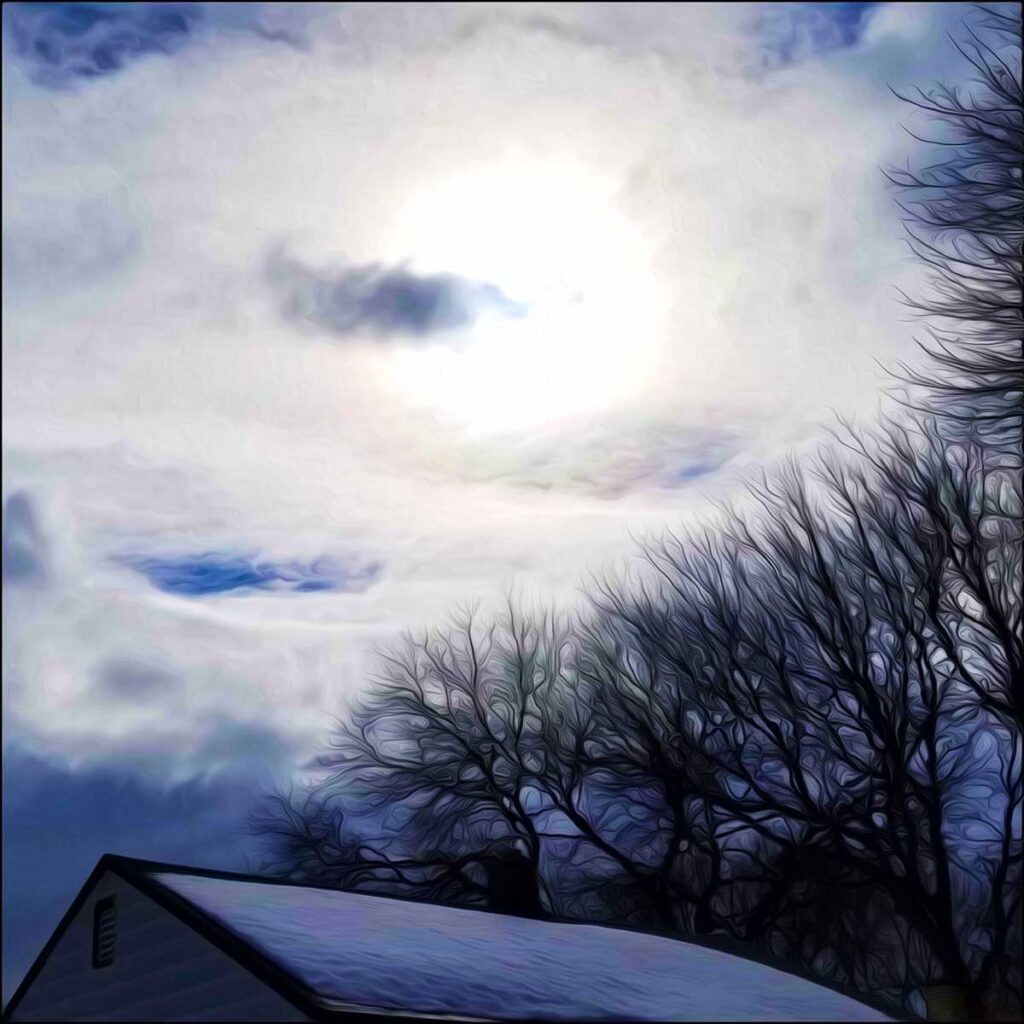
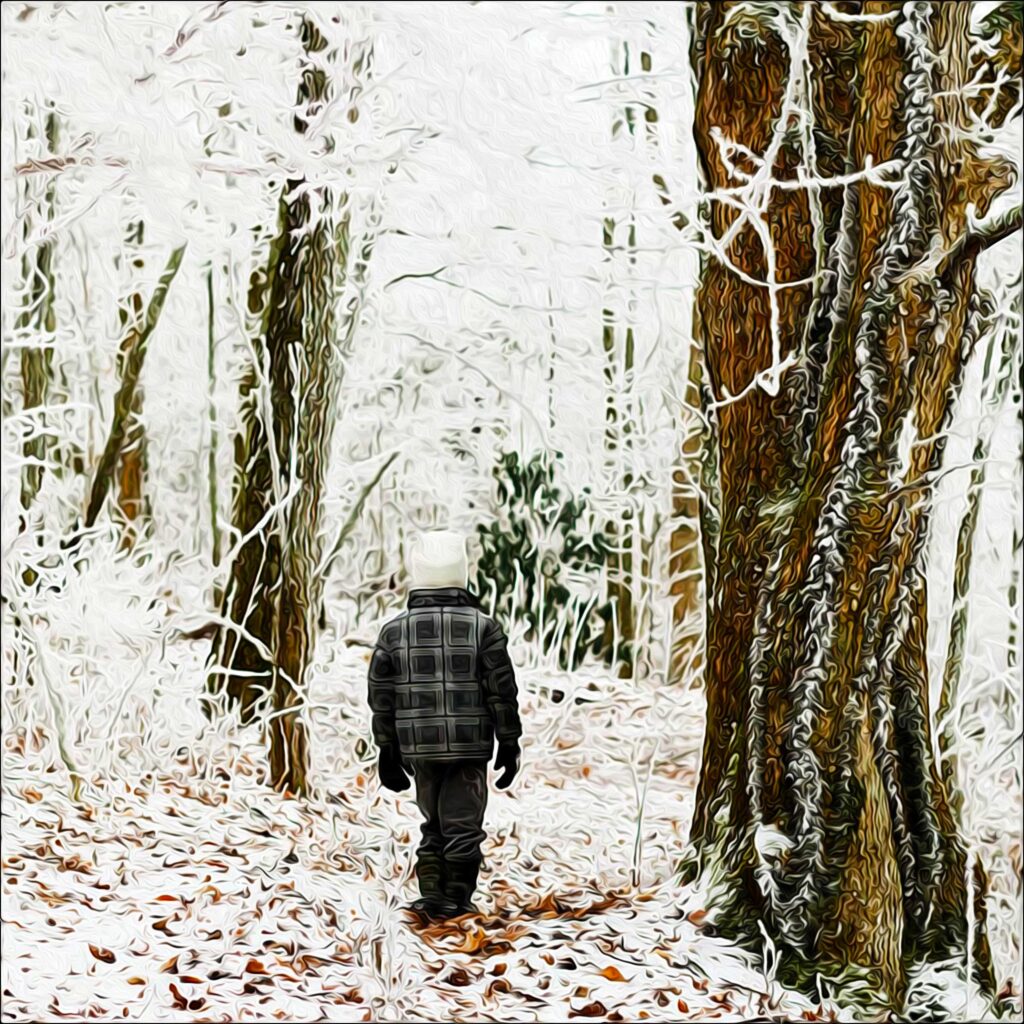
The article described some of the things they might do during a typical school day. What I remember best is a story about a school being held completely outdoors, all year long. Winter learning is seen as a great opportunity and focuses on teaching common sense skills while nurturing independence.
For instance, they described an outdoor activity in which adults show children how to use a compass. They then lead children deep into the snowy woods. They give each child a compasses and directions to help them try to find their way back to school on their own. Can you ever imagine such a thing happening here in the states? To me, it sounds like a school’s liability nightmare.
Our options may be a bit more limited here compared to the Finnish, but we can still learn a thing or two from their educational approach. With proper planning and execution, most of the school year can be spent outside. Winter is chalked full of learning opportunities!
Ways to Utilize Winter Learning
Winter learning is an ideal way to involve children in their world. It offers them an alternate perspective. The outdoor winter classroom offers free thinking, innovation, and symbolic play – a gateway into their imaginations.
Winter learning should incorporate both unstructured and structured time. This will empower children to investigate, experiment, and devise new ideas through challenges and exploratory play.
Winter nature walks offer opportunities for connecting language, science, history and math to classroom lessons. It also allows time for unstructured play and free exploration. In addition to practicing grace and courtesy, students observe their surroundings and explore the organic materials from the environment.
For instance, winter has always been an obvious way for me to connect botany work to our natural surroundings. We are very lucky to be located only a few miles away from Milwaukee’s Schlitz Audubon Center. Of course this nature center specialize in birds but it’s far more comprehensive than that.
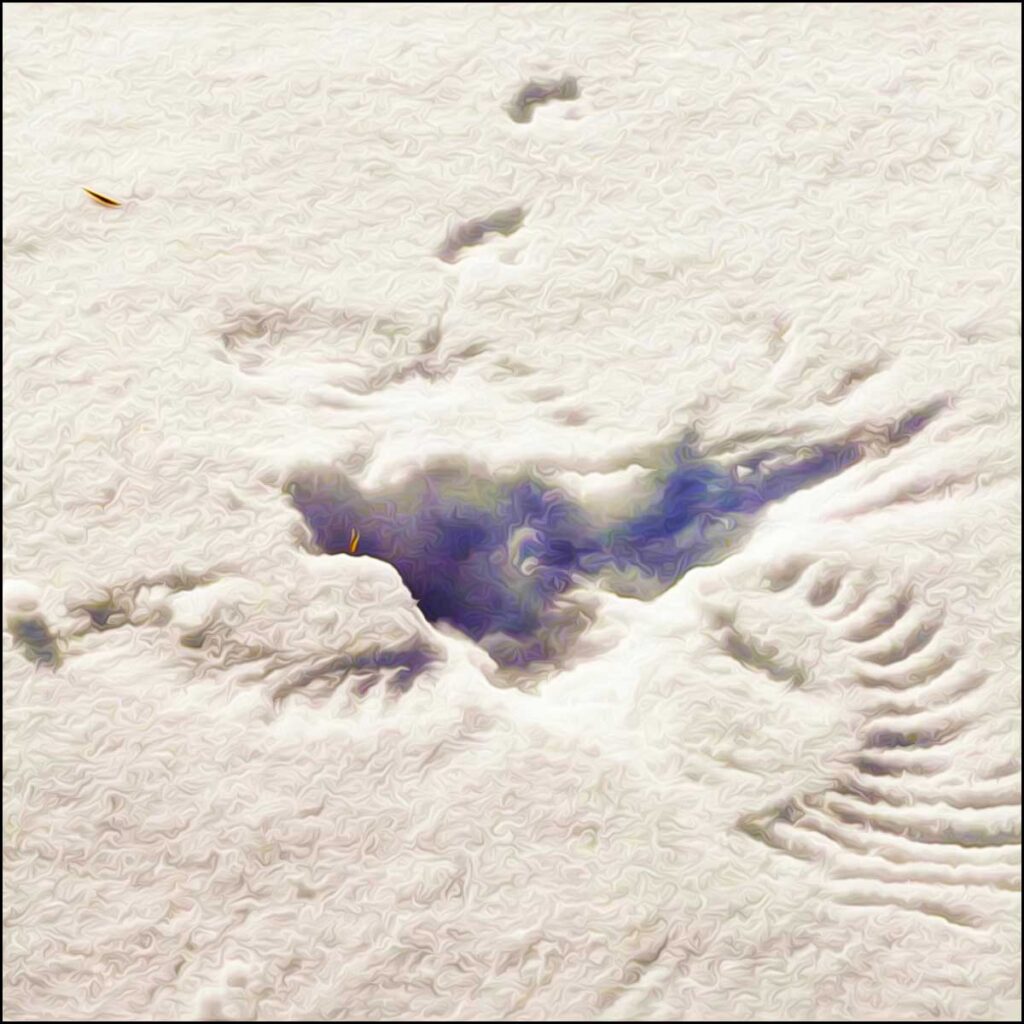
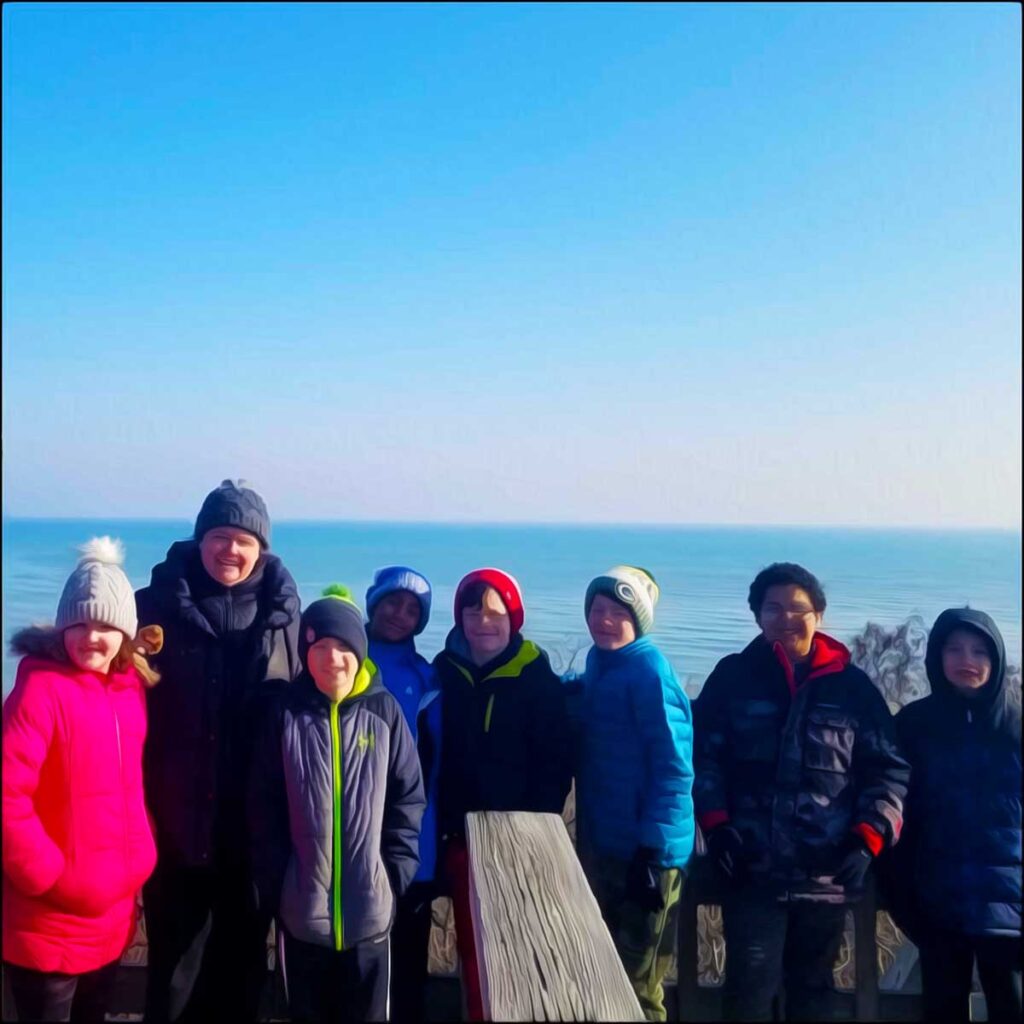
The center includes six miles of trails taking visitors through 185 acres of forests, wetlands, restored prairies, ravines, bluffs, and shoreline along Lake Michigan. Walking with nature offers learning infused with adventure and creativity. Even more, winter nature walks foster a deeper understanding of our natural world.
When taking my class, I would intentionally plan a trip in the middle of winter. We would explore the snowy world by foot in the beautiful setting of forests, fields, and lakes.
We looked closely at animal ecology in winter. Students would look at tracks and other signs winter creatures leave behind. While discussing ways animals might survive winter in Wisconsin, we’d search for birds and mammals. I believe our trips led to a deeper appreciation for such an important season.
Of course, it is best practice to review expectations before heading outside. Walking respectfully in a line of 30 can take some practice!
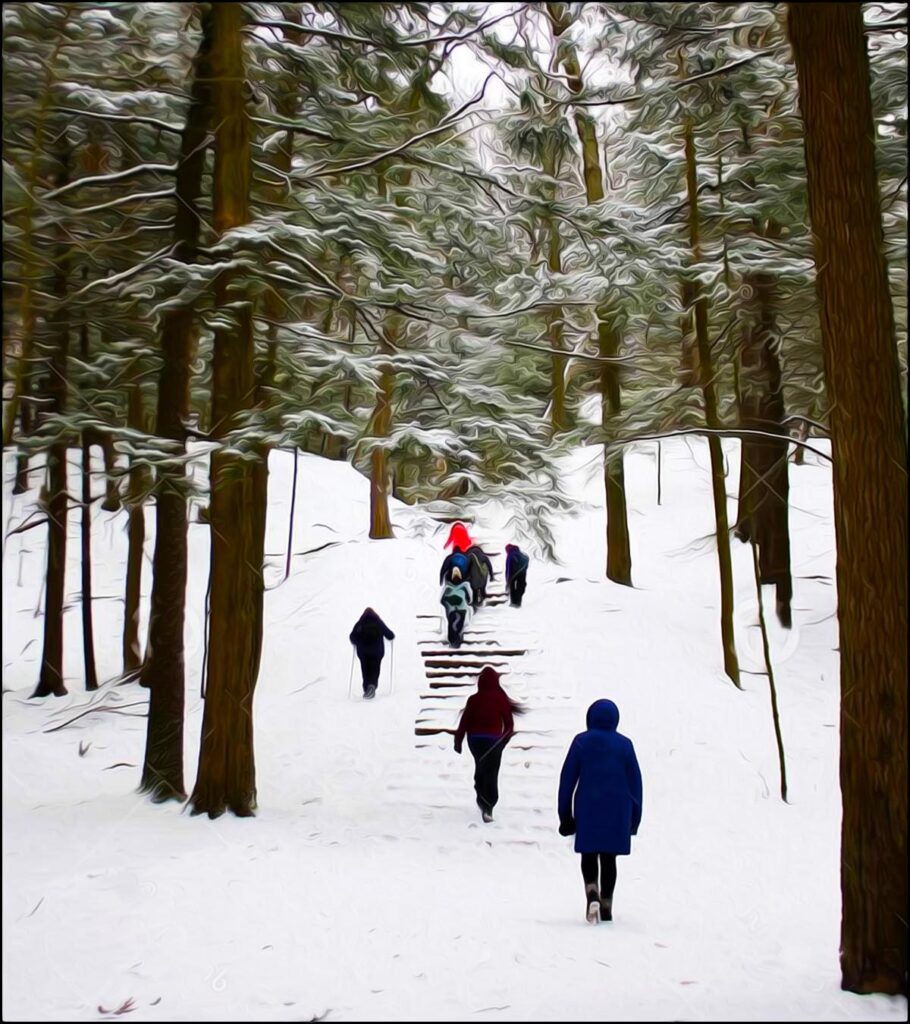
I always remind the students to stay as quiet as they can in both residential and natural areas, stay off of other people’s grass and to respect nature. Further, poking your brother with a stick in front of your parents is quite different from poking your friends while in a big group on a nature walk.
The best part about winter nature walks? The cost is free.
What is a Going Out?
Research resources available in a Montessori classroom are deliberately restricted. Students need to leave our classroom and our school to discover more about the subjects they are interested in.
This ‘Going Out’ is the Montessori term for off-campus excursions taken by small groups of children to visit a variety of things: Museums, parks, galleries, stores and other businesses, libraries, non-profit organizations, places of worship, zoos, historical sites, just to name a few. When there, subject-matter experts can be found, or hands-on experiences can be had.
Winter is a great opportunity to experience common things differently. Have you ever visited the zoo in the winter? Gone snowshoeing at the Urban Ecology Center? Cross-country skid along the lake’s shoreline? Visited a tree farm?
A ‘Going Out’ is initiated, planned, organized, and carried out by the students themselves. This is a spontaneous extension of studies or projects they are pursuing in the classroom. Dr. Montessori was adamant about the importance of developing the children’s intellectual knowledge, their ‘real world’ social skills and self-reliance at the same time. One way to do this is through these excursions into the larger world outside of school.
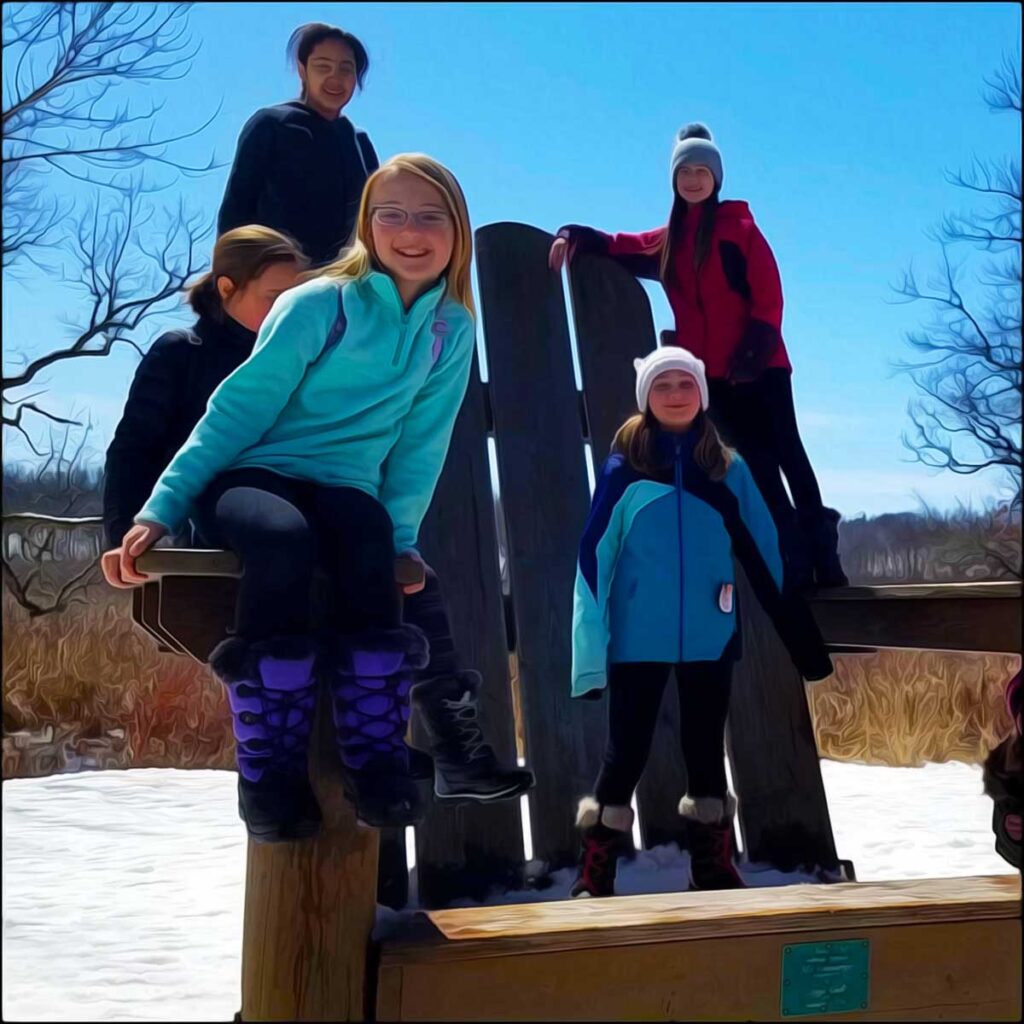
In my classroom, chaperons for ‘Going Out’ are chosen and contacted by the children from a list of parents who are expected to closely monitor and guard the children’s physical and emotional safety.
However, it’s important that the adult does NOT usurp the responsibilities and roles that are properly the children’s to learn and practice. Children plan their routes and take the city bus for their outings. They bring their own money and pay for themselves.
Children also write their own permission slip for a ‘Going Out’ and ask their parents, their principal and their teacher for permission to leave the building.
When children return, they are encouraged to write about what they learned. They present it to their class along with the research that prompted the ‘Going Out.’ Children are enriched by their ‘Going Out’ experiences.
Remember to Always Dress for the Weather!
Whether alone with caregivers, in a small going-out group or part of a bigger classroom of kids, comfort is an essential component to successful outdoor winter learning. Appropriate clothing and footwear for the elements is a must: Dry socks, galoshes or winter boots, coats, gloves, and hats. Always check and dress for the weather.
Don’t let your tweenager wear her flip flops to school. You never know when an opportunity for outdoor winter learning will present itself!
Inspiring a natural sense of wonder and curiosity will empower a child’s lifelong love of learning. In addition, loving the wintery outdoors will help your child get through some of our most difficult months. Furthermore, it adds a dimension of beauty that can’t be taught within the walls of the classroom.
The environment of the elementary class is not confined to the school building!
Do you have more suggestions for winter learning? Do you have a suggestion for another blog topic? Please send me an email with your ideas or experiences at grumble.services@gmail.com.
If you find this article helpful, please share it. Please join us, if you have yet to do so. Subscribe below and receive articles like this one in your email box weekly. Thank you!
Read More: The Unschooling Movement
All Rights Reserved • © 2023 Grumble Services LLC • grumbleservices.com

References & Read More:
10 Reasons Why Finland’s Education System is the Best in the World
Institute for Outdoor Learning
What If Schools Viewed Outdoor Learning as ‘Plan A’?

